There are plenty of reasons to take coffee photos. Maybe for your Instagram feed to share with your followers a lifestyle, habit, feeling, or state of mind. You may be shooting stock photo libraries or prints. It may be to showcase your latte art skills or promote your café or coffee shop. It may be simply to showcase your commercial photography skills. The truth is coffee is a top-list item for our modern lifestyle and provides many artistic opportunities for a photographer. So, read along to find out how to take inspired coffee photographs.
Neutralize the Background
Coffee, whether brewed or beans, should be the main focal point of your composition. Choose a plain background by adjusting the camera’s position until you find the right angle. In addition, you can blur a busy background by using a shallow depth of field. If you use a professional camera with a detachable lens, mount a telephoto lens or choose the long focal length of a zoom lens. Set a narrow aperture (large f-number) and place the camera as close to the subject as possible. If you use a smartphone camera, all you can do is place the camera very close to the coffee.
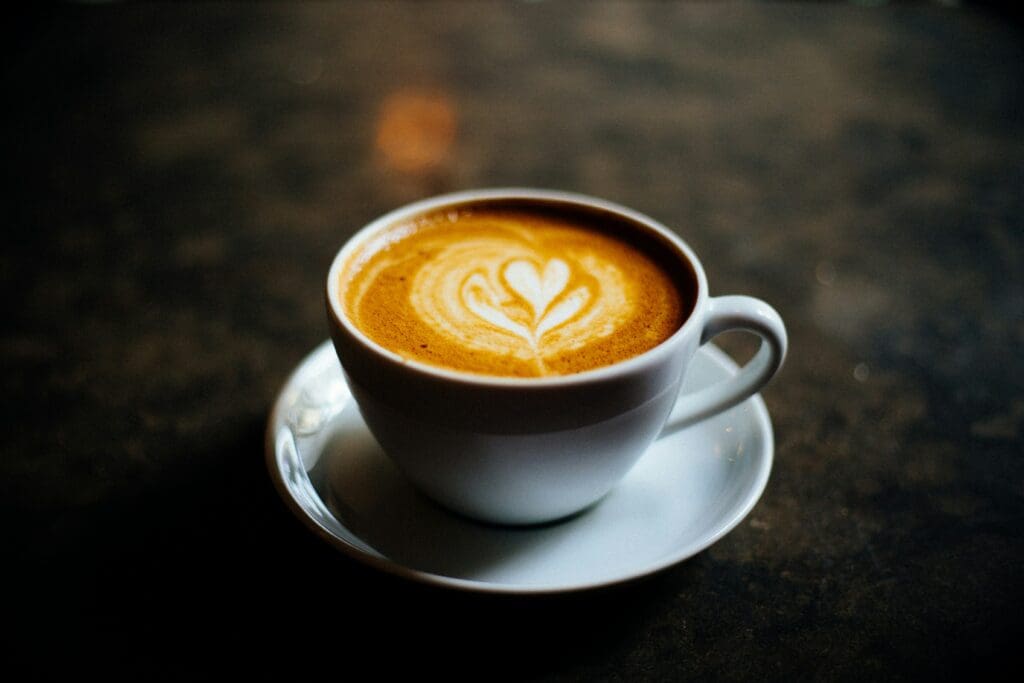
Create an Atmosphere
More often than not, having a coffee is not about the coffee itself but about the mood and feelings it evokes. It may be a hot coffee on Christmas morning, an iced coffee on the beach with friends, a lonely black coffee, or a sweet, milky one shared with a loved one. Don’t just take a beautiful shot of a coffee. Capture the story behind it. To do this, you need to take an environmental shot in which the background adds layers of meaning. The cup, the surface on which the coffee cup is standing, a sprinkle of cinnamon on the milk foam, and any other detail that provides localization, a temporal clue, or a mood-related clue are important.
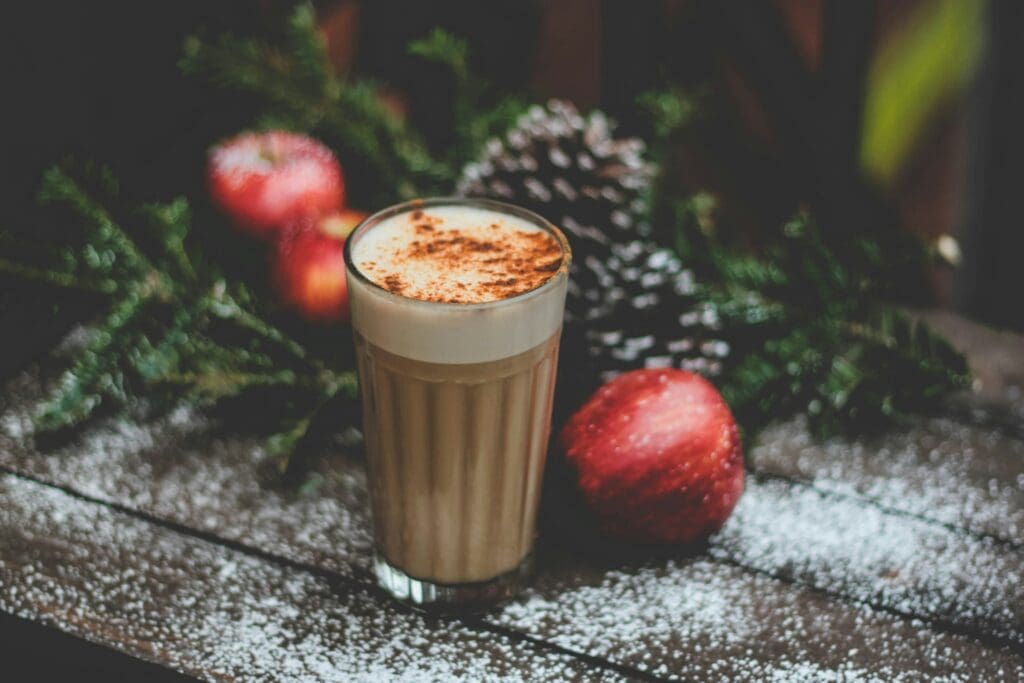
Photo by Toa Heftiba on Unsplash
Take Close-Ups of Latte Art
If the barista makes the effort to create a latte art, use it as the main subject of your coffee photo. You can place it in the middle of the frame for a symmetric composition, use the rule of thirds for a well-balanced composition, or come up with a non-conformist framing that benefits your story. Match the photo’s color palette with the coffee tones and complementary colors.
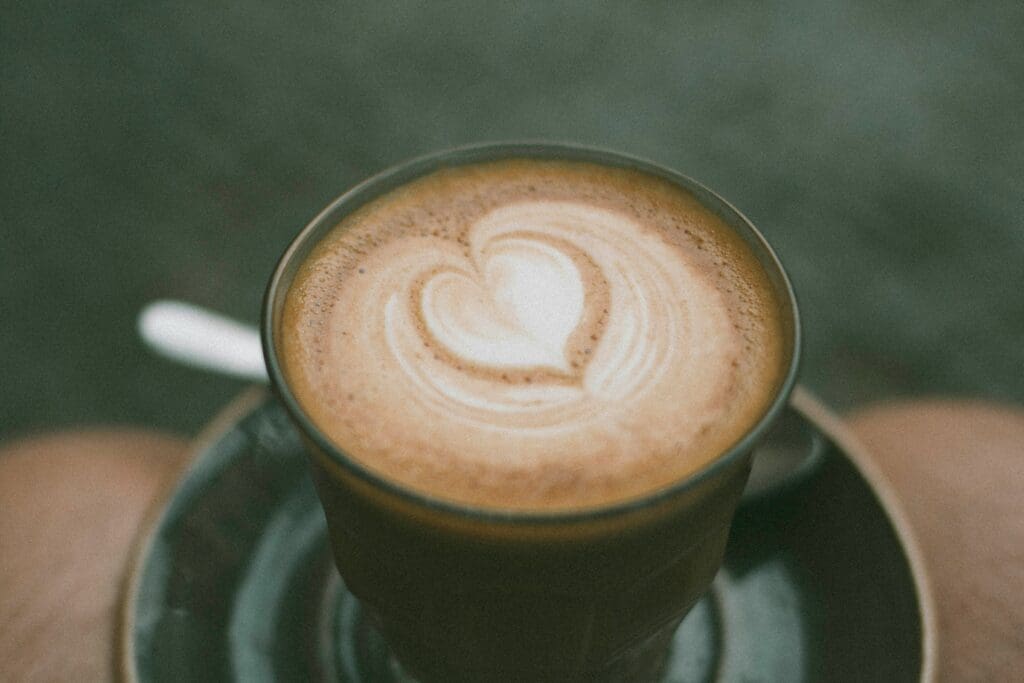
Photo by David O. Andersen on Unsplash
Capture Steam, Condensation, and Splashes
If you want to make your audience crave coffee, there is no better way than capturing steam, condensation, and splashes. The result is a dynamic composition that addresses more than one sense. Steam and condensation convey temperature and tactile sensations. Splashes convey taste sensations. Steam also conveys smelling sensations. A perfect latte art may be nice, but a steaming cup of coffee is something one wants to taste.
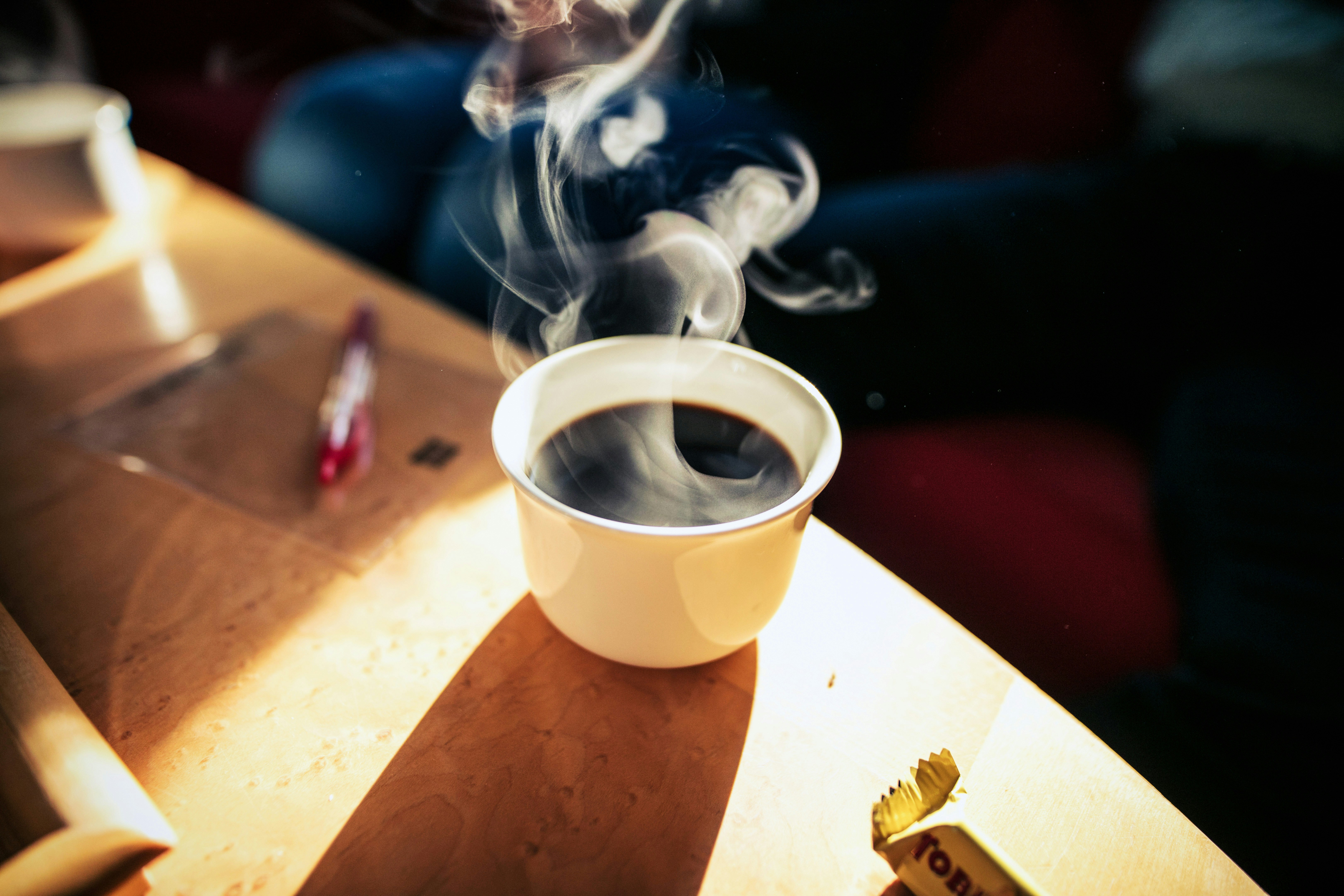
Photo by Erik Witsoe on Unsplash
Document the Brewing and Serving Process
Coffee photography is not just close-up shots of coffee mugs and cups. It is also a documentary genre. Follow the brewing and serving process and add a temporal dimension to your photographs. Create a narrative line and infuse your coffee photos with details that enrich the story. Examples of such details are labels on the coffee bean sacs or packs, shiny espresso or French press details, additional ingredients (e.g., sugar, milk, cinnamon, cocoa, etc.), cups and China sets, the hands of people brewing or purring the coffee, pastry that accompanies the coffee, etc.
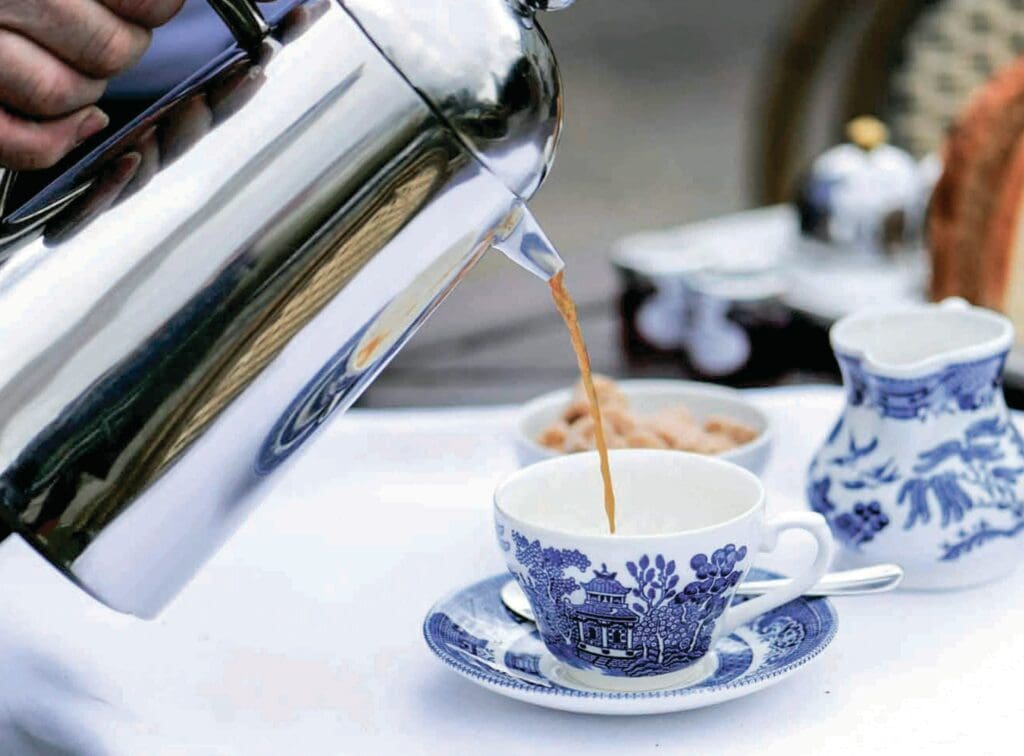
Photo by Bernard Tuck on Unsplash
Conclusion
There is an art of making a good cup of coffee, and there is an art of photographing one. Coffee photography is versatile and gives you the creative freedom you need. From fine art prints to commercial shots, from moody photographs to documentary ones, any photographer should try coffee photos. All you have to do is take a shot of your everyday coffee.
Cover photo by NATHAN MULLET on Unsplash

